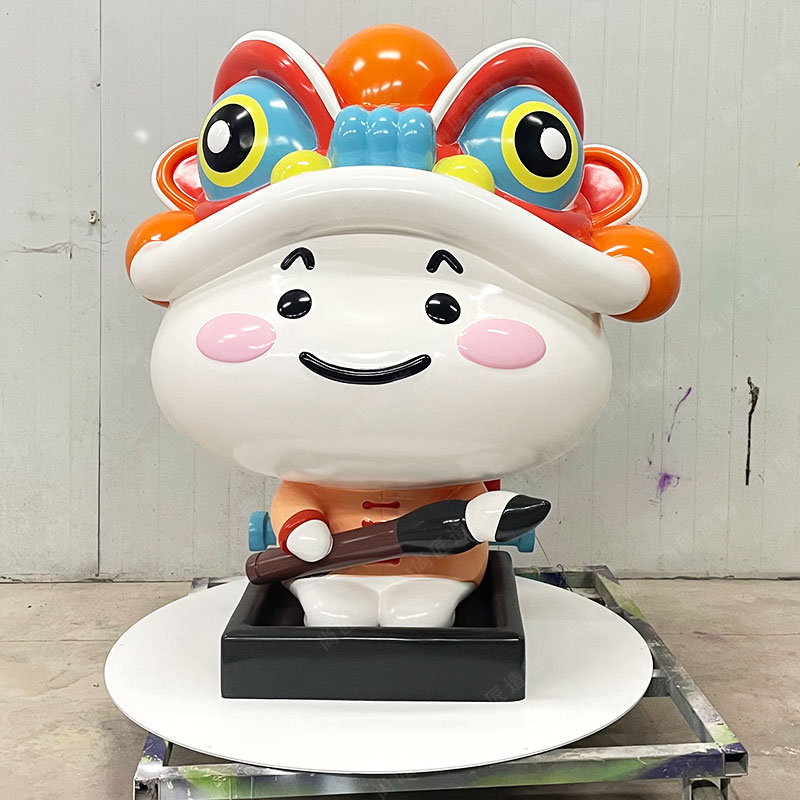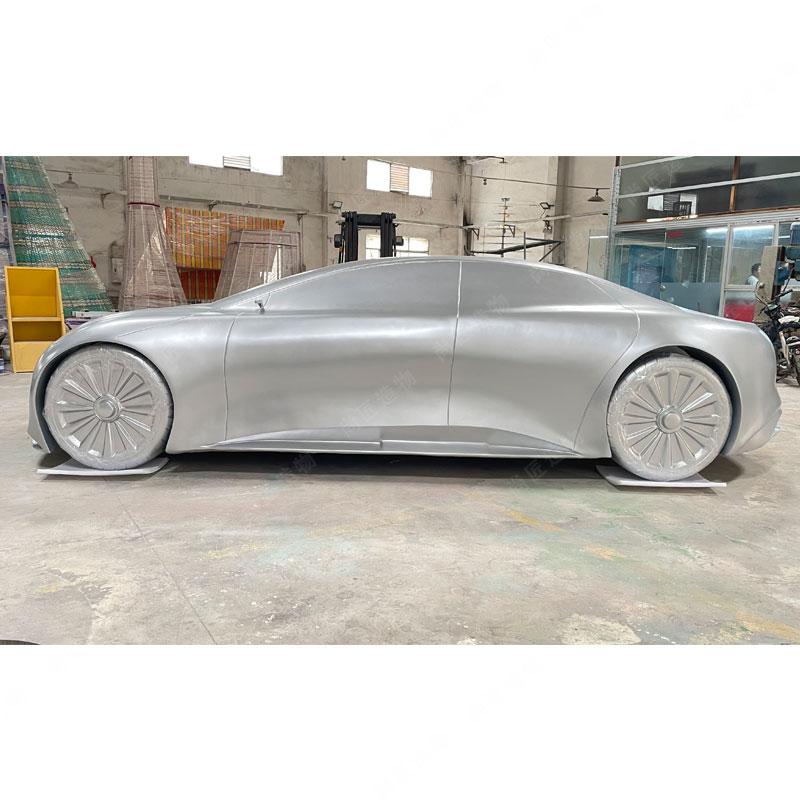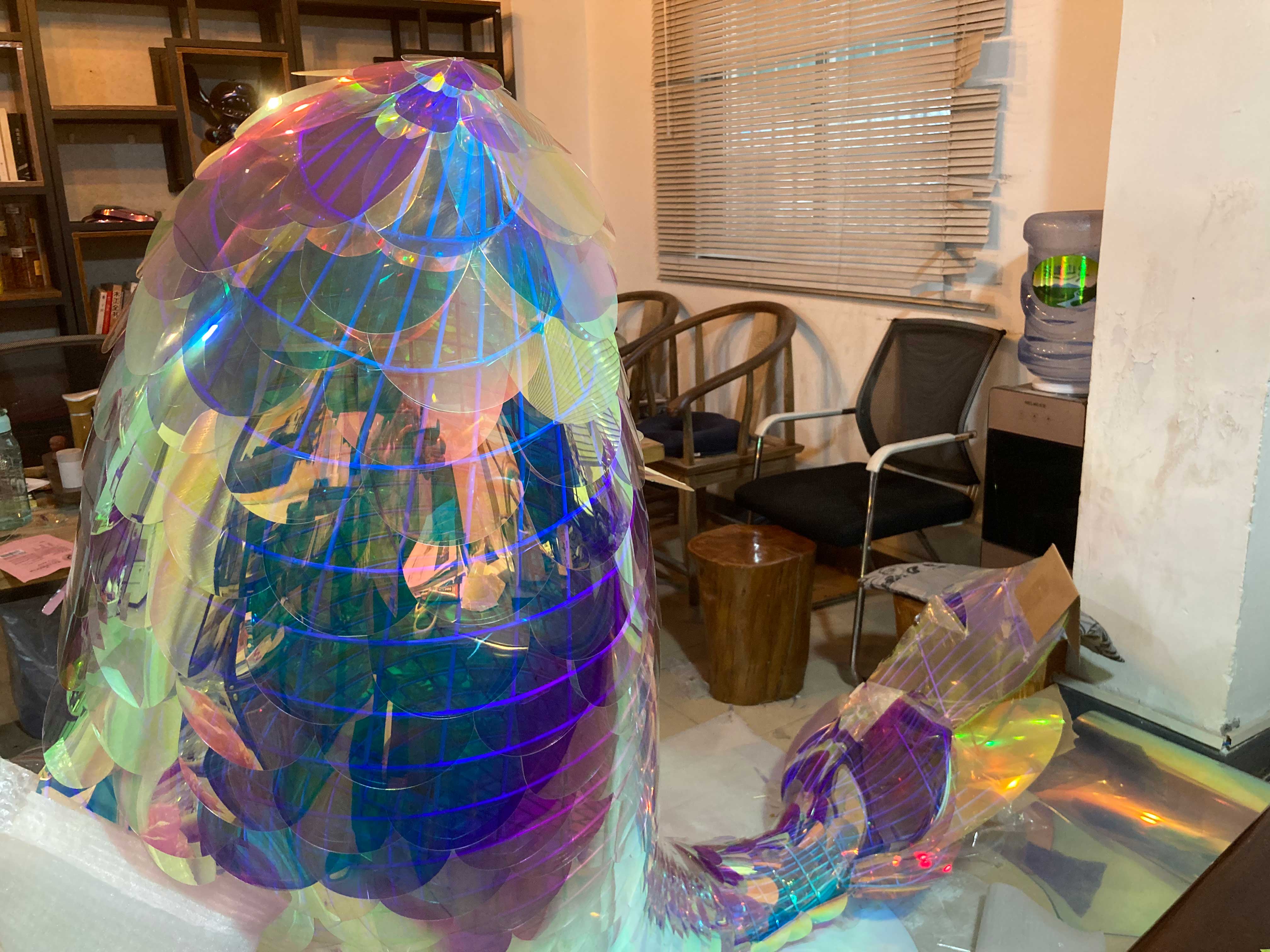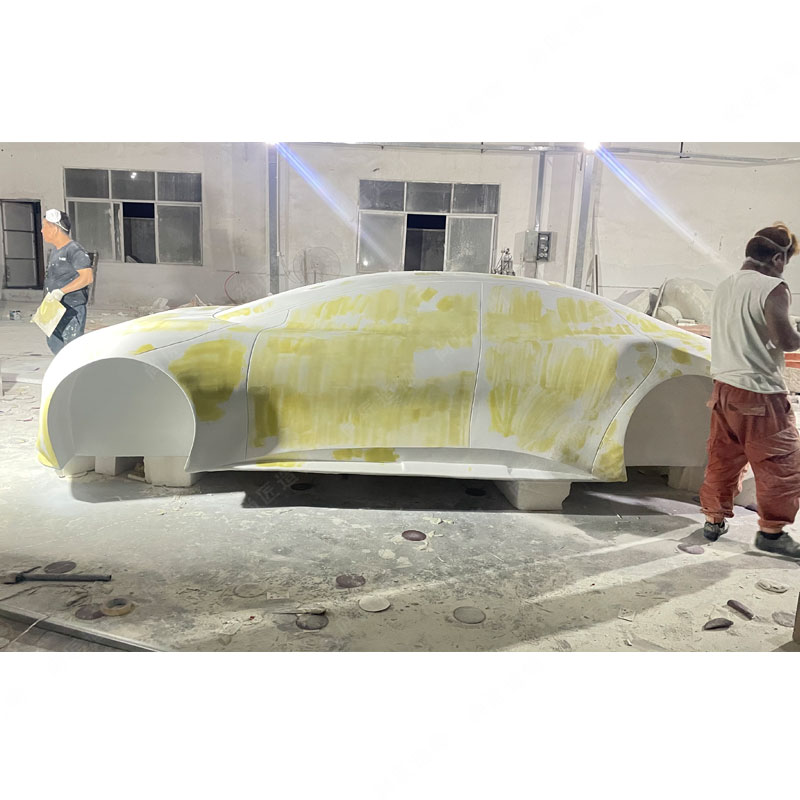Key Takeaways
Selecting the appropriate motor is fundamental for any kinetic sculpture, directly impacting torque, speed, and longevity. Understanding the core differences between central shaft drives and friction wheel systems is crucial; central shafts offer robust, direct power transmission ideal for heavier elements, while friction drives provide quieter operation and simpler installation. For sculptures intended to run for extended durations, optimizing runtime involves careful power system design, including efficient battery solutions or regulated DC power supplies. Achieving the fluid, lifelike animation characteristic of compelling IP character sculpturehinges on integrating precision gear mechanisms. These components translate motor rotation into controlled, nuanced character movements. Furthermore, secure and vibration-minimizing motor mounting techniques are essential to maintain consistent motion and prevent mechanical issues over time.
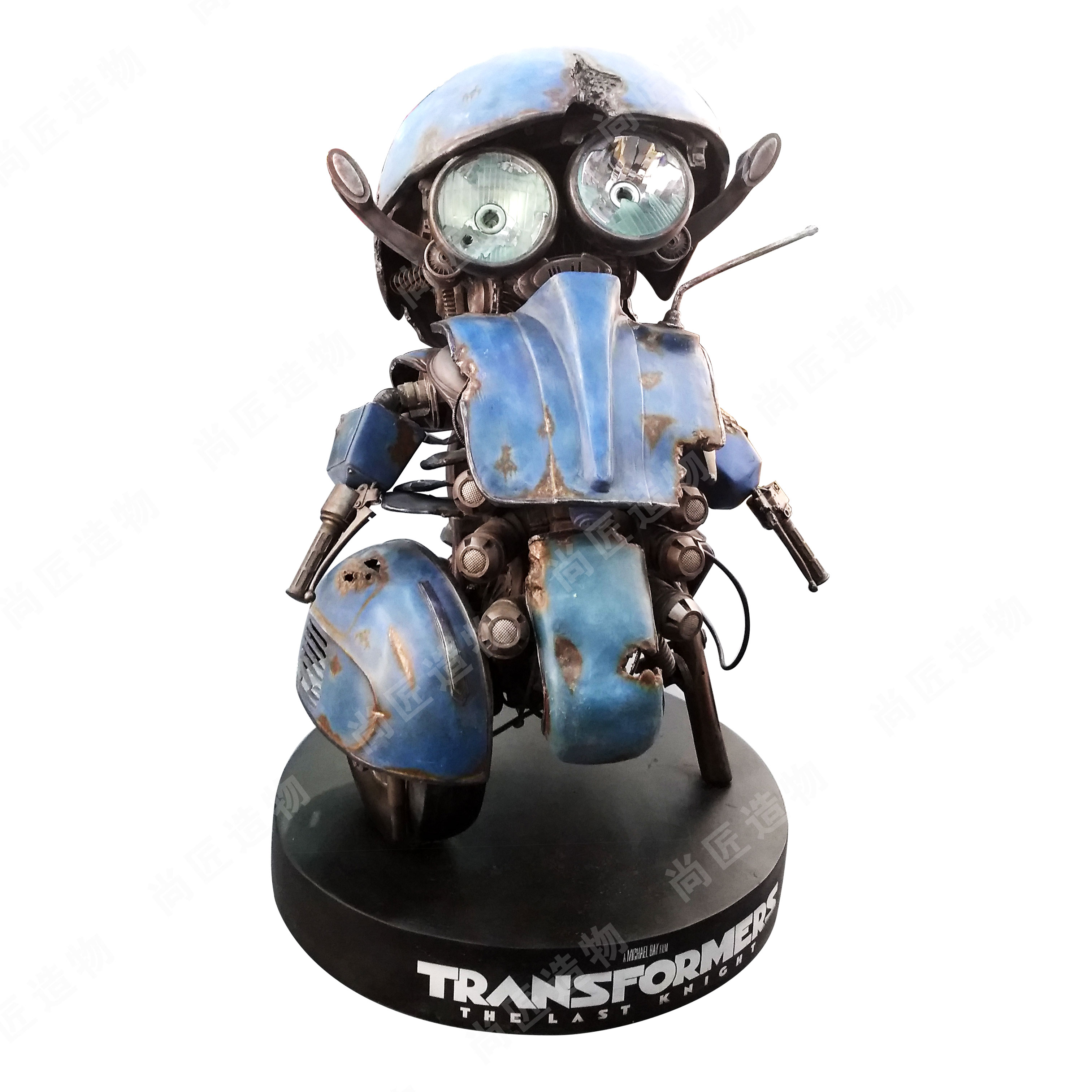
Motor Selection for Kinetic Sculptures
Choosing the appropriate motor is fundamental to achieving the desired, lifelike movement in kinetic IP character sculptures. The motor acts as the heart of the piece, dictating the quality, precision, and duration of motion. Key factors demand careful consideration. Required torque, determined by the sculpture's weight, size, and the complexity of its intended movement, directly influences motor power selection. Sculptures featuring heavier metal components or intricate articulation sequences necessitate motors with higher torque ratings to overcome inertia and friction effectively. Simultaneously, the motor's rotational speed (RPM) must align with the desired animation pace – whether it's a slow, deliberate gesture or a faster, more dynamic action.
Tip: For sculptures requiring smooth, continuous motion over extended periods, such as those crafted from durable materials like stainless steel, prioritize low-RPM, high-torque DC gear motors; they offer greater control and reliability for long-running displays.
Voltage compatibility with the intended power source (battery or mains adapter) is essential, while the current draw impacts both battery life and heat generation. Heat dissipation becomes critical for sculptures designed to run continuously for hours; motors that run cooler inherently boast greater longevity. Furthermore, motor size and mounting options must integrate seamlessly within the sculpture's structure without compromising its aesthetic integrity or balance. Consequently, selecting a motor involves balancing these technical specifications – torque, speed, voltage, current, size, and thermal management – against the specific artistic and mechanical demands of the kinetic character and its planned operating environment. This careful selection forms the essential foundation for the subsequent drive mechanisms and runtime optimization discussed later.
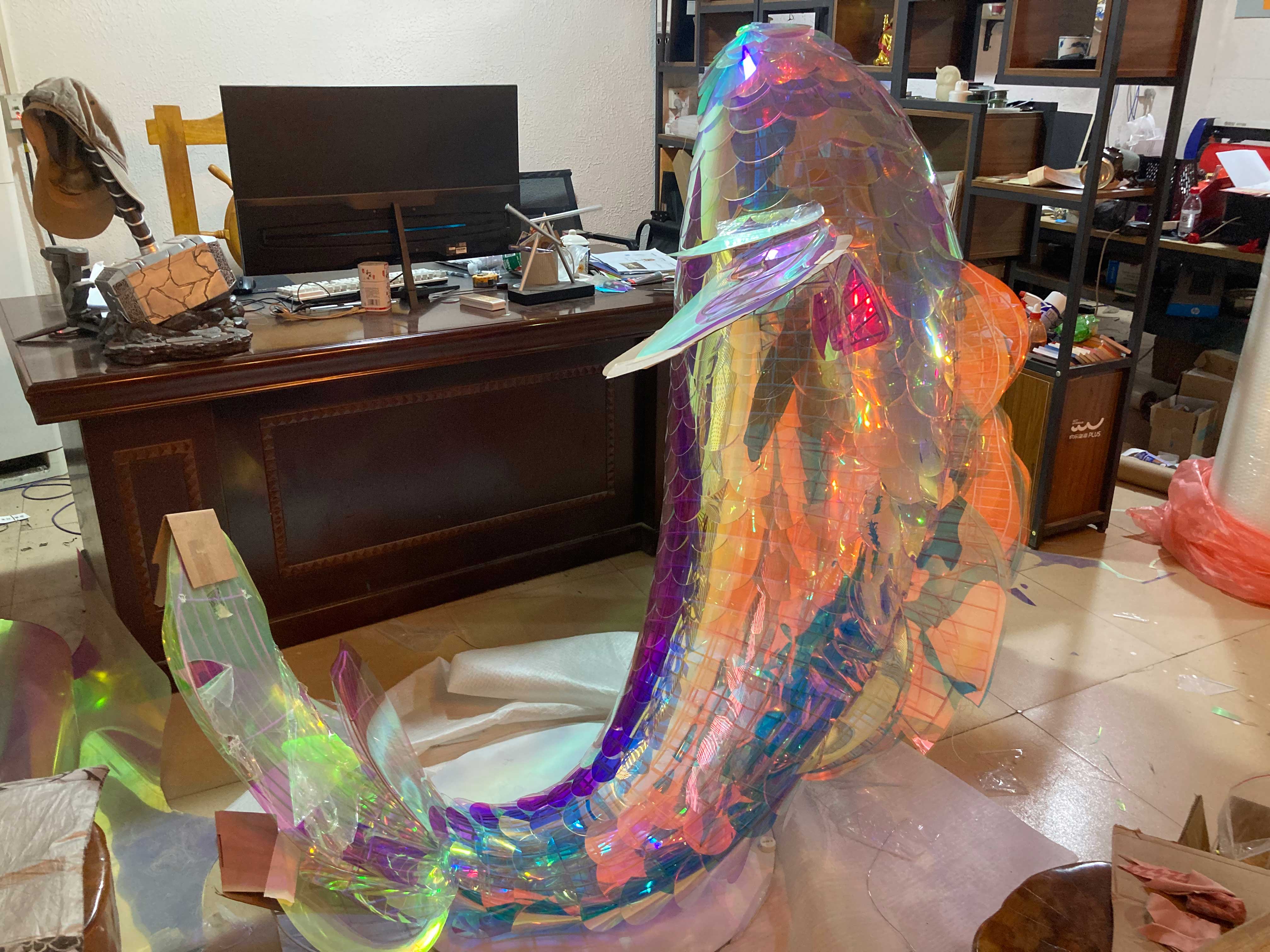
Central Shaft vs Friction Drive Comparison
Choosing the right drive mechanism significantly impacts the performance and longevity of kinetic IP character sculptures. Two primary methods dominate: central shaft drives and friction wheel systems. Central shaft drives connect the motor output directly to the moving sculpture element via a rigid axle or rod. This direct linkage offers highly efficient power transfer and precise control over movement timing and position, making it ideal for complex, synchronized animations where exact positioning is critical, such as articulated limbs. However, this precision demands meticulous alignment during installation; any misalignment can cause binding, excessive wear, or motor strain. Conversely, friction drives utilize a motor-driven wheel pressing against a surface on the sculpture component. This method is inherently more forgiving of minor alignment variations and often simpler to install or adjust post-assembly, particularly useful for rotating elements like spinning accessories. The trade-off is potential slippage under higher loads or over extended periods, which can lead to inconsistent motion speeds or timing drift, requiring careful tension adjustment and monitoring. For sculptures needing absolute precision over long durations, especially those incorporating diverse materials like Fiberglass sculptureelements alongside metal, the central shaft's reliability often proves superior, though friction drives offer valuable flexibility in less demanding applications. Understanding these core differences is fundamental before optimizing runtime.
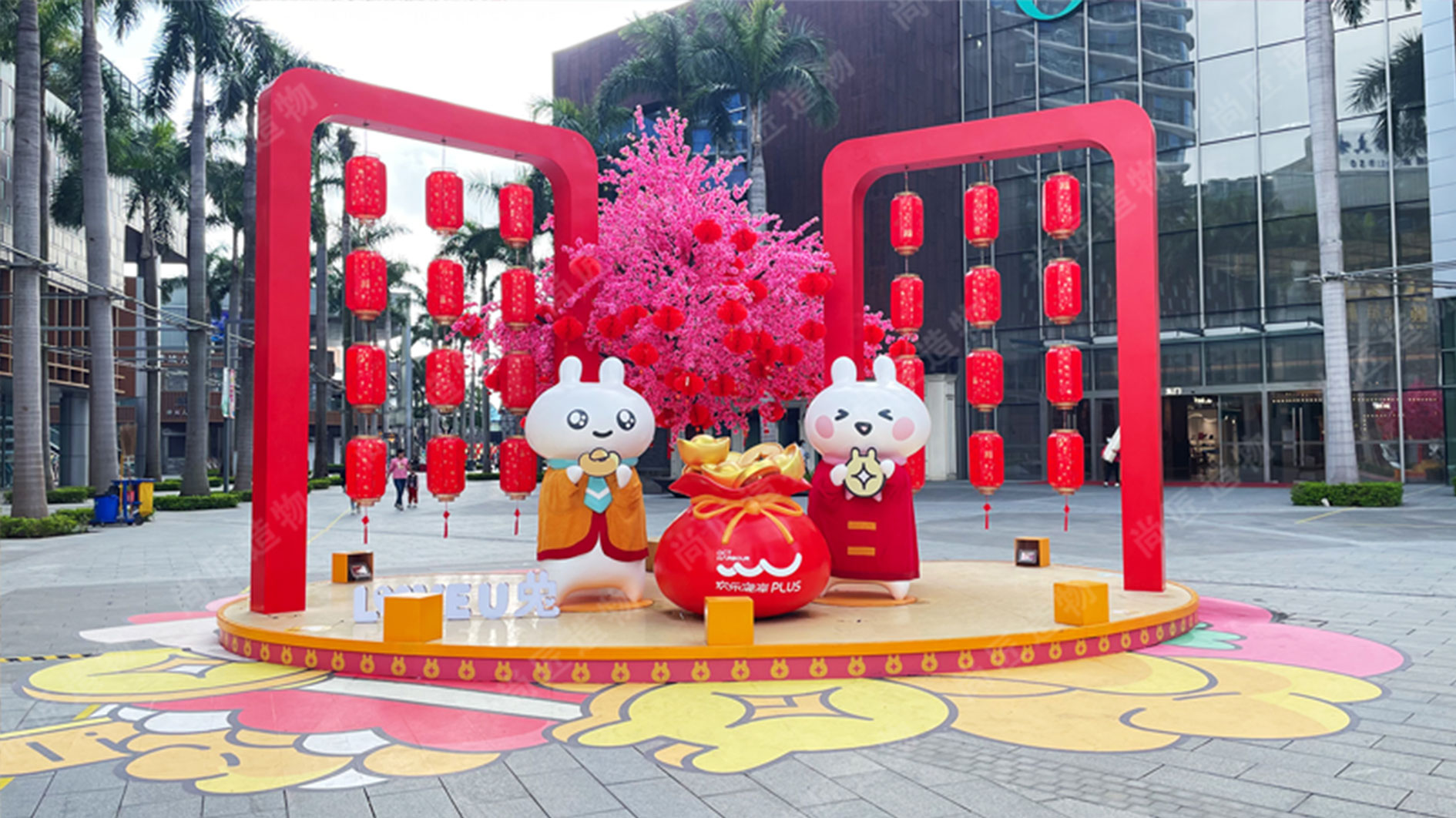
Optimizing Sculpture Runtime Duration
Ensuring extended, reliable operation for kinetic IP character sculptures hinges on strategic power management and component efficiency. Selecting the correct battery capacity and type is paramount; lithium-based options often provide superior energy density and longevity compared to standard alkaline batteries, significantly extending operational periods between replacements or recharges. Furthermore, matching the motor's voltage and current draw precisely to the power source prevents unnecessary energy drain. Beyond power, optimizing the mechanical efficiency of the drive system itself reduces friction and load on the motor. This involves meticulous alignment of gears or drive shafts, appropriate lubrication where feasible without compromising the artwork, and ensuring moving parts are properly balanced. Environmental factors also play a role: minimizing exposure to dust, extreme temperatures, or excessive humidity helps maintain both motor efficiency and battery performance over time. For foundational knowledge on designing such moving art, exploring resources on kinetic sculptureis beneficial. By addressing these interconnected factors – power source, motor efficiency, mechanical friction, and environment – artists and engineers can achieve the desired long-duration, consistent motion essential for captivating kinetic character displays.
Power System Solutions for Long Motion
Building on the drive mechanisms discussed, achieving extended, reliable operation in kinetic character sculptures hinges on selecting the appropriate power system. For sculptures intended to run continuously for hours or days, power source capacity and motor efficiency become paramount. Low-RPM DC gear motors are often preferred for their inherent torque and energy efficiency at slow speeds, crucial for minimizing power draw over long durations. Calculating the total energy consumption based on the motor's rated power and the desired runtime is essential. This dictates whether a high-capacity rechargeable battery pack (https://en.artmovr.com/) movements. Heat dissipation is another key factor; motors operating continuously need adequate ventilation or heatsinking to prevent overheating and premature failure. Selecting components rated for continuous duty and implementing proper thermal management directly contributes to achieving the goal of long, unattended motion cycles.
Beyond motor selection, power management significantly impacts longevity:
| Power System Aspect | Importance for Long Runtime | Key Considerations |
|---|---|---|
| Energy Source | Determines total available energy | Battery capacity (Ah) vs. continuous DC supply; recharge cycles |
| Motor Efficiency | Reduces power draw per revolution | Low-RPM DC gear motors; high-efficiency ratings |
| Voltage Stability | Prevents stalling & inconsistency | Quality regulators; sufficient power supply headroom |
| Thermal Management | Prevents overheating damage | Motor duty cycle rating; heatsinks; ventilation design |
Ultimately, the synergy between a correctly sized, efficient motor and a robust, well-managed power source forms the foundation for kinetic sculptures designed to move gracefully for extended periods, setting the stage for exploring precision gear mechanisms.
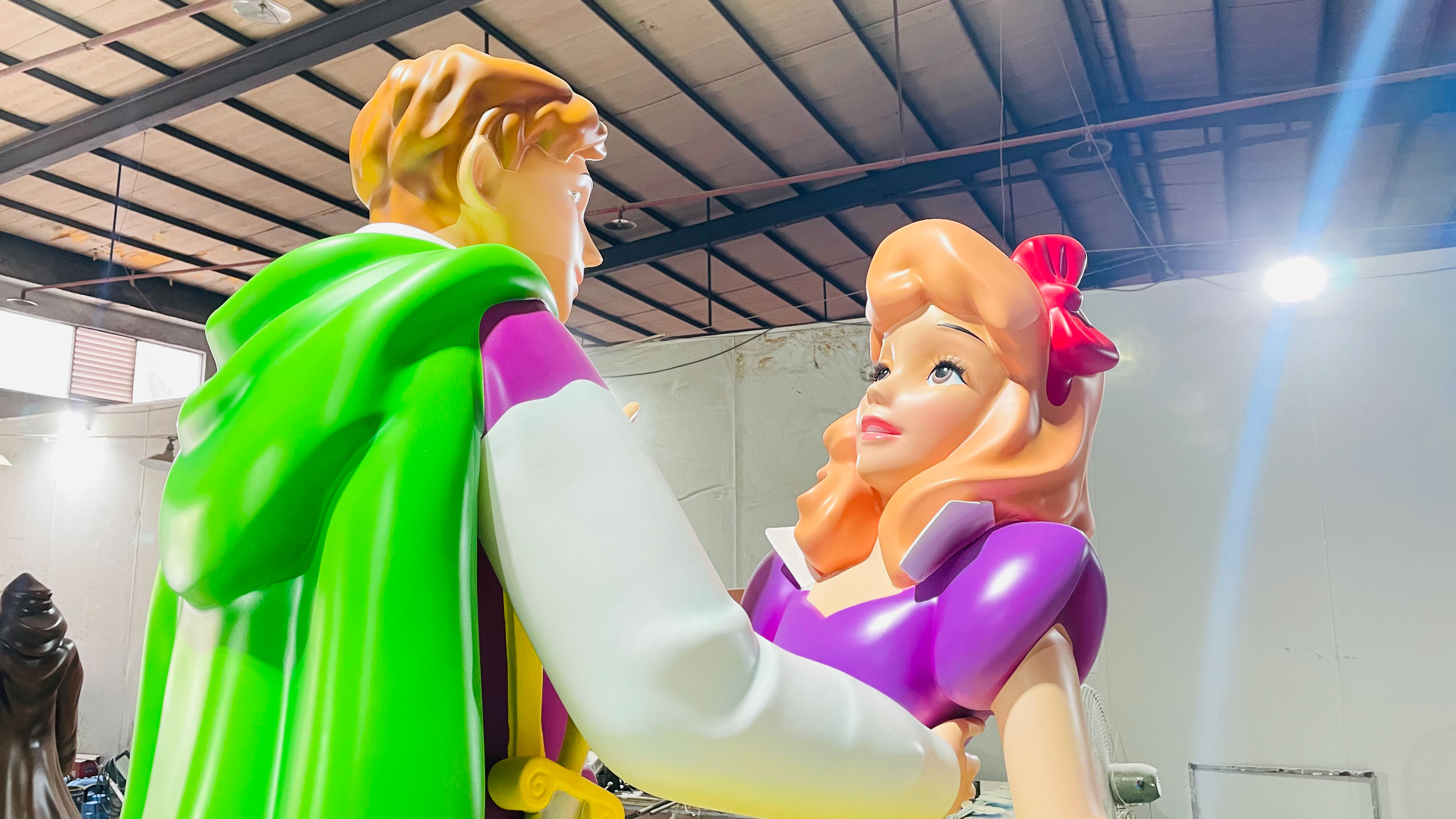
Precision Gear Mechanisms Explained
Proper gear selection forms the foundation of reliable character animation in kinetic metal art. These mechanisms convert motor rotation into controlled, predictable movements essential for bringing IP characters to life. When selecting gears, consider both torque requirements and desired motion speed—high-torque worm gears excel for slow, powerful articulation, while planetary gearheads offer compact solutions for smooth speed reduction. Crucially, minimizing backlash through precision-machined teeth or anti-backlash springs prevents jerky motion that disrupts fluid character performances. For intricate animations involving multiple moving parts, compound gear trains allow synchronized actions from a single power source. Material choice also impacts longevity; metal gears withstand continuous operation better than plastic in heavy sculptures. Implementing proper lubrication and periodic alignment checks significantly extends mechanism lifespan, particularly crucial for limited-edition Cartoon sculptureinstallations requiring years of maintenance-free operation. This precision directly influences how convincingly a character's personality translates through motion.
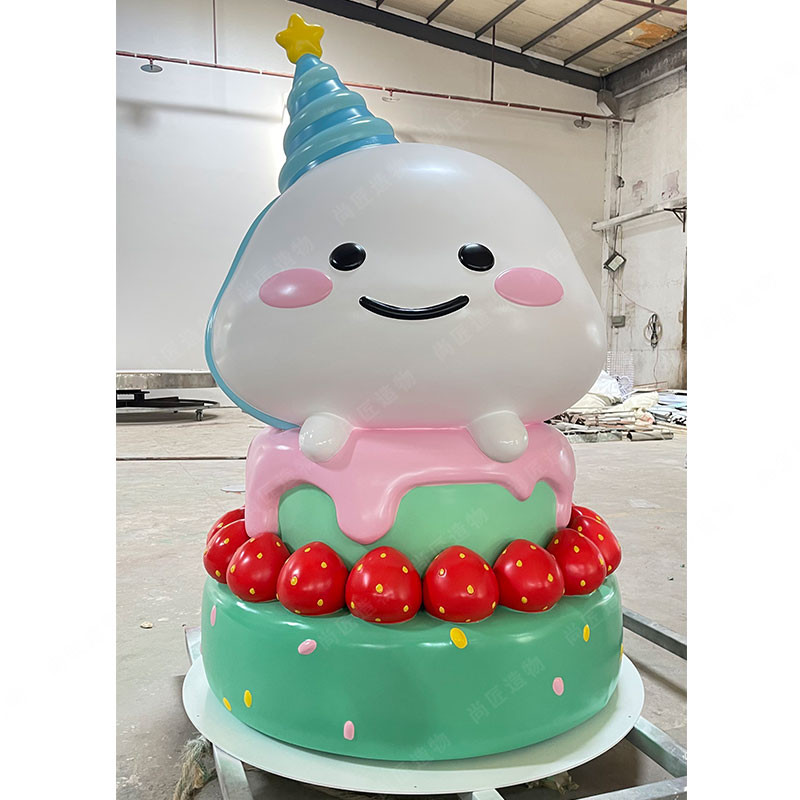
Mounting Motors for IP Characters
Securing motors effectively within kinetic IP character sculptures is critical for both structural integrity and precise motion delivery. As discussed previously regarding central shaft versus friction drive systems, the mounting approach directly impacts vibration transmission, torque management, and long-term reliability. Position motors using rigid brackets precisely aligned with the character's internal skeleton or primary motion axis to prevent lateral stress. Incorporate vibration-dampening isolation mounts, especially for high-torque gear motors, to minimize resonance that could distort delicate animations or loosen connections over time. Ensure easy accessibility for maintenance without requiring full sculpture disassembly. Consider the motor's weight distribution relative to the character's center of gravity; offset mounting often necessitates counterbalancing. Use lock washers and thread-locking compounds on all fasteners to combat vibrations inherent in continuous operation. Flexible shaft couplings prove invaluable for accommodating minor alignment discrepancies between motor outputs and drive components, protecting both from premature wear. Proper mounting transforms the motor from merely a power source into a seamlessly integrated component of the character's kinetic expression.
Achieving Fluid Character Animation
Proper motor mounting provides the foundation, but truly lifelike character movement requires careful attention to motion dynamics and control systems. The key lies in translating the motor's rotational power into smooth, natural gestures that capture the essence of the IP character. Selecting the right gear reduction is crucial; too high a ratio may result in jerky, abrupt motions, while too low might lack the necessary torque for defined movements. Furthermore, incorporating linkages, cams, or carefully calibrated crankshafts allows for converting simple rotation into complex, articulated actions like waving, nodding, or walking. Balancing the moving components precisely minimizes vibration and ensures consistent motion paths. Meanwhile, integrating electronic speed controllers (ESCs) or programmable microcontrollers offers fine-tuning over acceleration and deceleration phases, eliminating sudden starts or stops that disrupt the illusion of life. Soft starts and stops are particularly vital for maintaining the fluidity that makes kinetic art mesmerizing over long durations. Dampeners or flexible couplings can also absorb minor shocks, contributing to an overall smoother performance.
Troubleshooting Common Motion Issues
Despite careful planning, kinetic IP character sculptures can sometimes develop motion problems during operation. Identifying the root cause is essential for restoring smooth, reliable performance. First, if the sculpture stalls completely, check for mechanical resistance. Ensure all joints move freely by hand and that no debris obstructs the gear trains or moving parts. Binding often occurs at pivot points or where components might rub against the sculpture's metal frame. Next, jerky or uneven movement frequently points to drive mechanism issues. Verify the secure connection between the motor shaft and the driven component (like a central shaft armature or friction wheel contact point). Loose couplings cause slippage and inconsistent motion transfer. Additionally, inspect all gears and belts for wear, chipped teeth, or improper tension. Misalignment, even slight, can introduce vibration and stuttering. If the sculpture operates but stops prematurely, assess the power supply. Confirm batteries are fresh and correctly installed, or that the DC adapter provides stable voltage matching the motor's requirements. Overloaded motors drawing excessive current will drain batteries faster. Finally, listen for unusual sounds – grinding often indicates debris or gear mesh problems, while high-pitched whining might suggest a motor struggling under excessive load or poor lubrication.
Conclusion
Integrating motors into kinetic IP character sculptures transforms static metal art into captivating narratives in motion. The journey to achieving this fluid animation requires careful consideration at every technical stage, from selecting the right motor with sufficient torque for the character's mass to implementing a reliable drive mechanism—be it a central shaft for direct power transmission or friction wheels for specific applications. Optimizing runtime through efficient power systems and precise gear mechanisms ensures the sculpture performs as intended for extended periods, bringing the character to life consistently. Proper motor mounting is fundamental to translating the mechanical energy into the intended, lifelike movements unique to the IP figure. Mastering these elements—motor selection, drive type, power management, gearing, and mounting—ultimately converges to realize the artist's vision of seamless, enduring kinetic expression.
Frequently Asked Questions
What's the best motor type for continuous kinetic sculpture operation?
Coreless DC motors often provide optimal balance of torque and efficiency for prolonged movement cycles, especially when paired with PWM speed controllers.
How do central shaft drives differ from friction wheel mechanisms?
Central shafts offer direct rotational transfer with minimal energy loss, ideal for precise character joints. Friction drives accommodate variable angles but require higher torque compensation.
Can solar power effectively sustain kinetic sculptures outdoors?
Yes, when paired with lithium-titanate batteries (15-20% efficiency gain over standard Li-ion) and light-diffusing solar panels sized at 120% of motor array requirements.
What gear ratio ensures smooth character animation?
Planetary gearboxes with 50:1 to 100:1 reduction ratios minimize cogging while maintaining precise angular control, critical for nuanced IP character movements.
Why does my sculpture stall intermittently despite sufficient power?
Check for voltage drops across wiring junctions (exceeding 0.5V indicates undersized conductors) and verify no single motor draws >80% of rated stall current during motion sequences.
 ch
ch English
English

